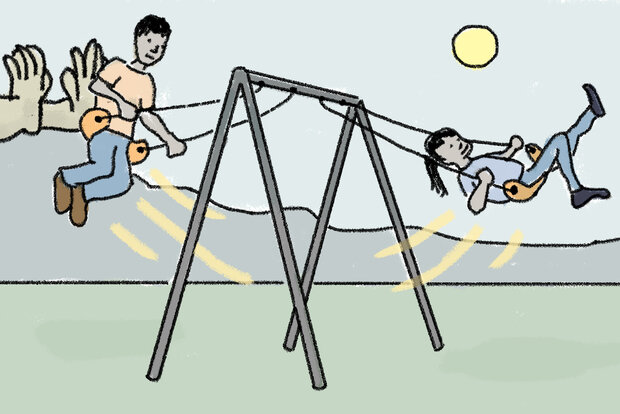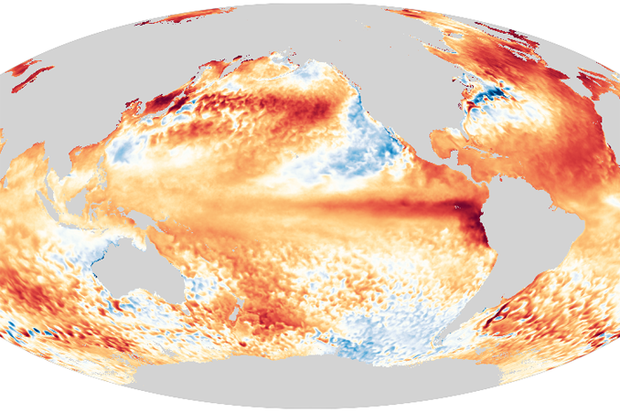Blogs
It’s that time again! And by “that time,” I mean the El Niño forecast update, of course. The chance that El Niño—the warm phase of the El Niño Southern Oscillation (aka “ENSO”) climate pattern—will continue through the winter is greater than 95%, so let’s sharpen our pencils and get into the details of what that means for upcoming seasons.
Mathematics
Greater than 95% is a very strong chance! Forecasters’ confidence that El Niño will continue is based on a few factors. First, the east-central tropical Pacific is quite warm. Specifically, our primary El Niño-monitoring metric, the Niño-3.4 Index—the average sea surface temperature in the Niño-3.4 region in the east-central tropical Paci…
Read article
This is a guest post by Mike McPhaden, who is a senior scientist at NOAA Pacific Marine Environmental Laboratory in Seattle, WA. Mike has previously blogged with us and was lead editor of the book “El Niño- Southern Oscillation in a Changing Climate” published by the American Geophysical Union. He has had a prolific career, including spearheading development of the Tropical Atmospheric Ocean (TAO) buoy array across the equatorial Pacific Ocean, which is key to observing and understanding ENSO.
For more than 30 years, climate researchers have been puzzling about how human-forced climate change affects the El Niño Southern Oscillation (ENSO), the warm phase of which we refer to as El …
Read article
The chance that our young El Niño will continue through the winter is greater than 90%. Why are forecasters so confident? What are the chances of a strong El Niño? And what effect does El Niño have on global climate patterns? We have a lot to talk about today, so let’s get to it!
Tumbling class
The Niño-3.4 Index, which measures the temperature of the surface of the central tropical Pacific Ocean, is our primary metric for El Niño. It was 0.8 °C (1.4 ˚ F) above the long-term average (long term = 1991–2020) in June, according to our most consistent dataset, ERSSTv5. This is comfortably above the El Niño threshold of 0.5 °C.
The three-month-average Niño-3.4 Index, the Oceanic Niño…
Read article
This is a guest post by Karin Gleason, who is the monitoring section chief at NOAA Centers for Environmental Information (NCEI) in Asheville, NC.
The warmest year on record for the globe occurred in 2016, following a strong El Niño (2015-16). Since then, conditions in the central-eastern tropical Pacific have largely been on the cooler side, with one weak El Niño winter (2018-19), a double-dip (2017-2018) and a triple-dip La Niña (2021-2023), and one ENSO-neutral winter in between (2019-20). Recently, in June 2023, an El Niño Advisory was issued, with a 56% chance for a strong El Niño to develop this coming winter.
So, the question everyone is asking is what does that mean for global …
Read article
El Niño conditions have developed, as the atmospheric response to the warmer-than-average tropical Pacific sea surface kicked in over the past month. We expect El Niño to continue into the winter, and the odds of it becoming a strong event at its peak are pretty good, at 56%. Chances of at least a moderate event are about 84%.
El Niño—the warm phase of the El Niño-La Niña climate pattern—changes global atmospheric circulation in known ways, giving us an idea of potential upcoming weather and climate patterns. A stronger El Niño means global temperature, rain, and other patterns are more likely to reflect the expected El Niño impacts. I’ll get into some of the details of those impacts late…
Read article




